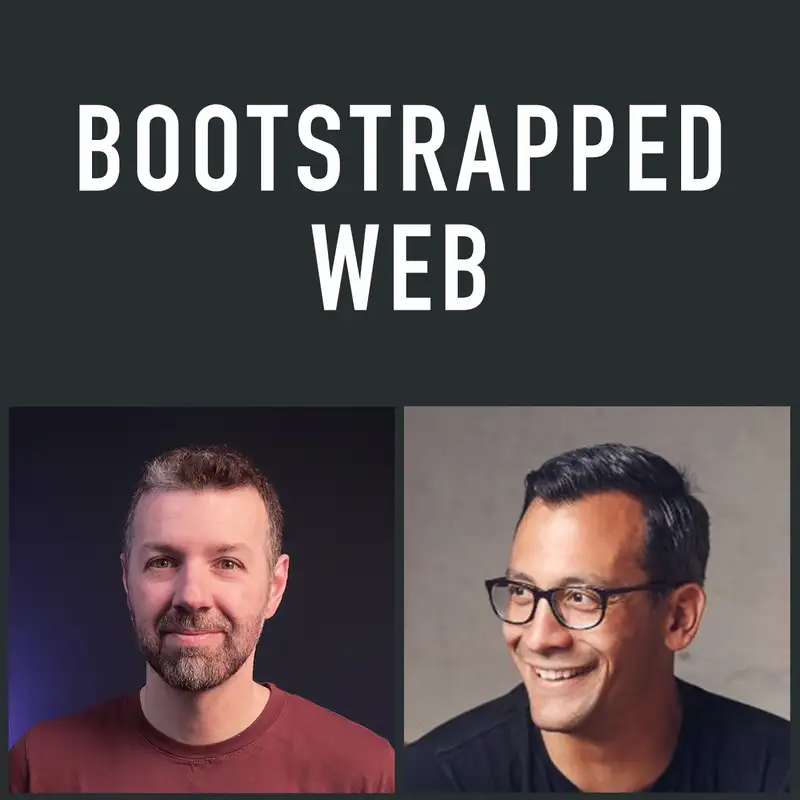Hey, Rosie
Launching heyrosie.com. First demos. Twitter feeds. Productized consulting. Homepage rewrite. Summer camp. Concerts.
Connect with Jordan:
Jordan's company, Rosie
Jordan on Twitter: @jordangal
Jordan on Threads: @jordangal
Connect with Brian:
Brian's consultancy: Instrumental Products
Brian's SaaS, Clarityflow
Brian on Twitter: @casjam
Brian on Threads: @brian.casel
Launching heyrosie.com. First demos. Twitter feeds. Productized consulting. Homepage rewrite. Summer camp. Concerts.
Connect with Jordan:
- Jordan's company, Rosie
- Jordan on Twitter: @jordangal
- Jordan on Threads: @jordangal
Connect with Brian:
- Brian's consultancy: Instrumental Products
- Brian's SaaS, Clarityflow
- Brian on Twitter: @casjam
- Brian on Threads: @brian.casel
